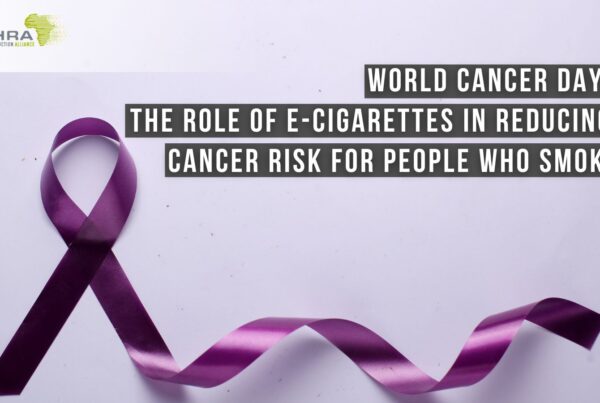Understanding the reality of e-cigarettes instead of the myths that surround them is crucial in understanding the potential of harm reduction
Vaping is a form of tobacco harm reduction that has been both highly praised and highly disputed. Yet, how many criticisms against e-cigarettes are scientifically proven or up to date? Below, we explore four common misperceptions regarding vaping and their accompanying reality:
Myth: Vaping is as harmful as smoking cigarettes
Reality: Ongoing, current scientific evidence shows that vaping is significantly less harmful than smoking traditional cigarettes. Public Health England and the Royal College of Physicians have stated that e-cigarettes are at least 95% less harmful than smoking. Studies comparing the toxicant levels in e-cigarette aerosol to cigarette smoke have found significantly lower levels of toxic chemicals in vapour, indicating reduced exposure and potential harm.
Myth: Vaping leads to an addiction and dependence on nicotine
Reality: While e-cigarettes contain nicotine, which is a dependence-forming compound, the dependency potential varies depending on factors such as nicotine concentration and frequency of use.

Many e-liquids offer varying nicotine strengths, including nicotine-free options, allowing users to taper their nicotine intake if desired. Understanding and acknowledging the benefits of vaping in harm reduction can help strengthen policies that regulate acceptable nicotine concentrations.
Myth: Vaping causes popcorn lung
Reality: Popcorn lung is a severe lung disease characterised by inflammation and scarring of the airways. However, the term “popcorn lung” originated from a few cases of bronchiolitis obliterans among workers exposed to high levels of diacetyl, a flavouring chemical, in microwave popcorn factories. Diacetyl is present in some e-cigarette flavours but typically at much lower levels than those found in industrial settings. Furthermore, most reputable e-liquid manufacturers have removed diacetyl from their products, significantly reducing the risk. There is no evidence to suggest that vaping causes popcorn lung at the levels found in e-cigarettes. This serves as another example of why the acceptance, legalisation and regulation of e-cigarettes are crucial to dispelling myths and ensuring continued safety.
Myth: Vaping leads to EVALI
Reality: EVALI, or E-cigarette or Vaping Product Use-Associated Lung Injury, is a severe respiratory illness that emerged in 2019 and was associated with e-cigarette use. EVALI primarily affected individuals who used black market or counterfeit THC-containing vaping products, particularly those containing vitamin E acetate, an oil-based substance. Legal, regulated e-cigarettes sold by reputable retailers were not implicated in the outbreak. Public health agencies like the CDC have emphasised that EVALI cases have declined significantly since identifying vitamin E acetate as a primary culprit, and they do not attribute EVALI to standard e-cigarette use.
THR Topics
Popular Posts
Quick Links
Women in THR
Related Posts
 Letter to the World Health Organization (WHO)
Letter to the World Health Organization (WHO)
Letter to the World Health Organization (WHO)
 Public Health implications of vaping in Germany
Public Health implications of vaping in Germany
Public Health implications of vaping in Germany
 Public Health implications of vaping in the United States of America
Public Health implications of vaping in the United States of America








